The issue of Central Provident Fund (CPF) is an important subject to most Singaporeans. As with pretty important subjects, it comes with many questions.
But do you ever feel like you have a million questions -- but you don’t know how to get them answered?
We feel you.
So we went on the streets to ask random people if they had any burning questions about CPF.
And we decided to ask the folks at CPF Board for answers, directly.
HUH? They will answer meh? Sure or not?
Sure.
Here are their answers:
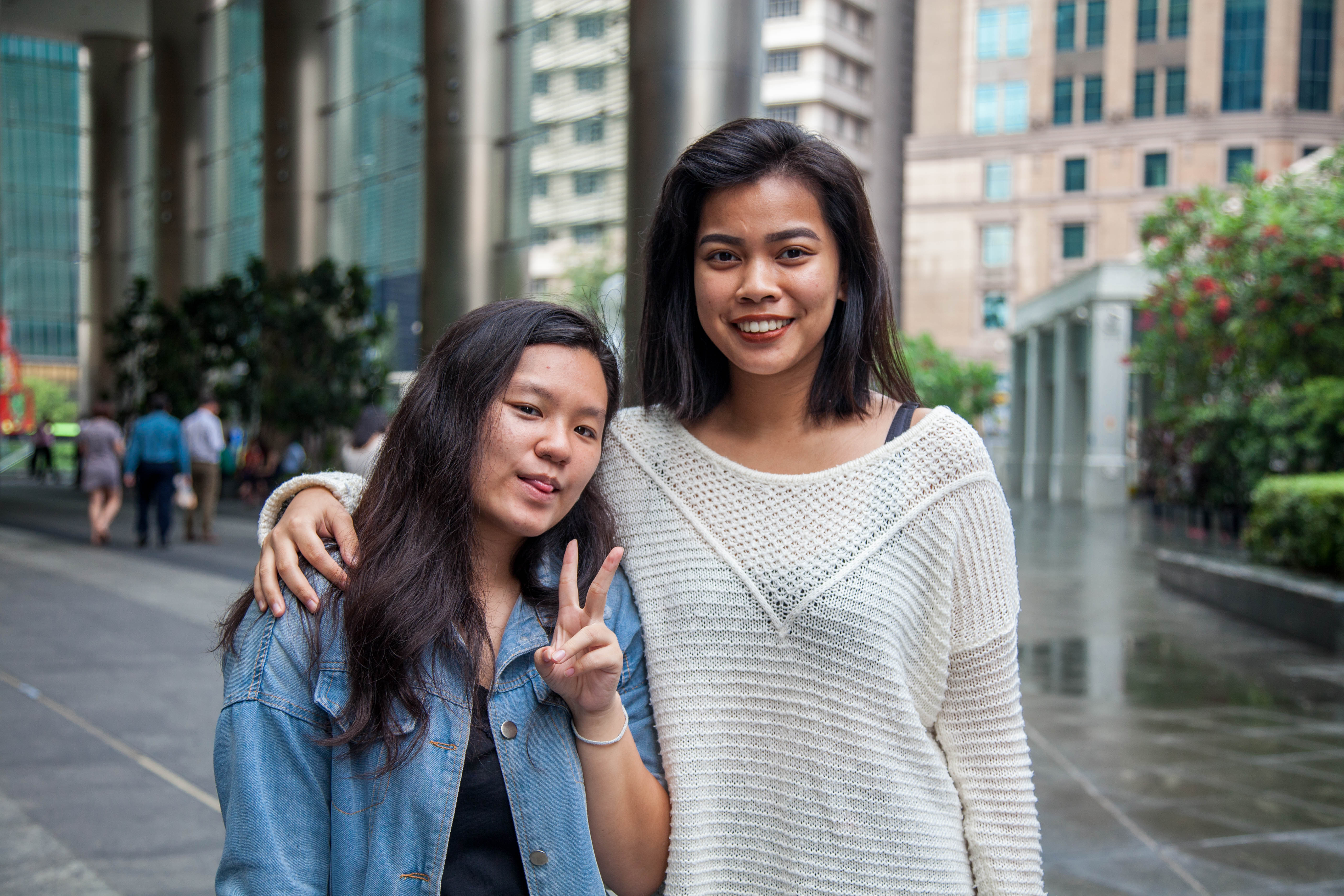 Photo by Charis Chan.
Photo by Charis Chan.
Kylie Ng, 19, UX designer (left), and Danielle Roman, 20, marketing executive (right)
Q1: Why? Just why? Why does it exist? At our age, we still have no idea how this works. We don’t understand its purpose. It’s like money that we cannot touch.
Answer: CPF is the national social security system to help you build up a retirement nest egg, which will provide you with a steady stream of income when you retire. It also supports you through other key stages in life through home ownership and managing your healthcare expenses.
Watch Retiring with CPF Episode 1 here, if you’re super confused:
Mothership’s TL;DR Answer: Money for old age, so you don’t spend everything on Siam Diu.
Jen, 30 (no picture)
Q2: What’s the highest return rate for my CPF that I can get?
Answer: Currently, you earn interest rates of up to 3.5% per annum on your Ordinary Account (OA) monies, and up to 5% per annum on your Special and MediSave Account (SMA) monies.
Retirement Account (RA) monies earn up to 5% per annum.
These interest rates include an extra 1% interest paid on the first $60,000 of your combined balances (with up to $20,000 from the OA).
If you’re aged 55 and above, you will also earn an additional 1% extra interest on the first $30,000 of your combined balances (with up to $20,000 from the OA). As a result, you will earn up to 6% interest per year on your retirement balances.
Here’s a quick infographic to help you understand the interest rates:

Mothership’s TL;DR Answer: Agak agak 5-6% like that.
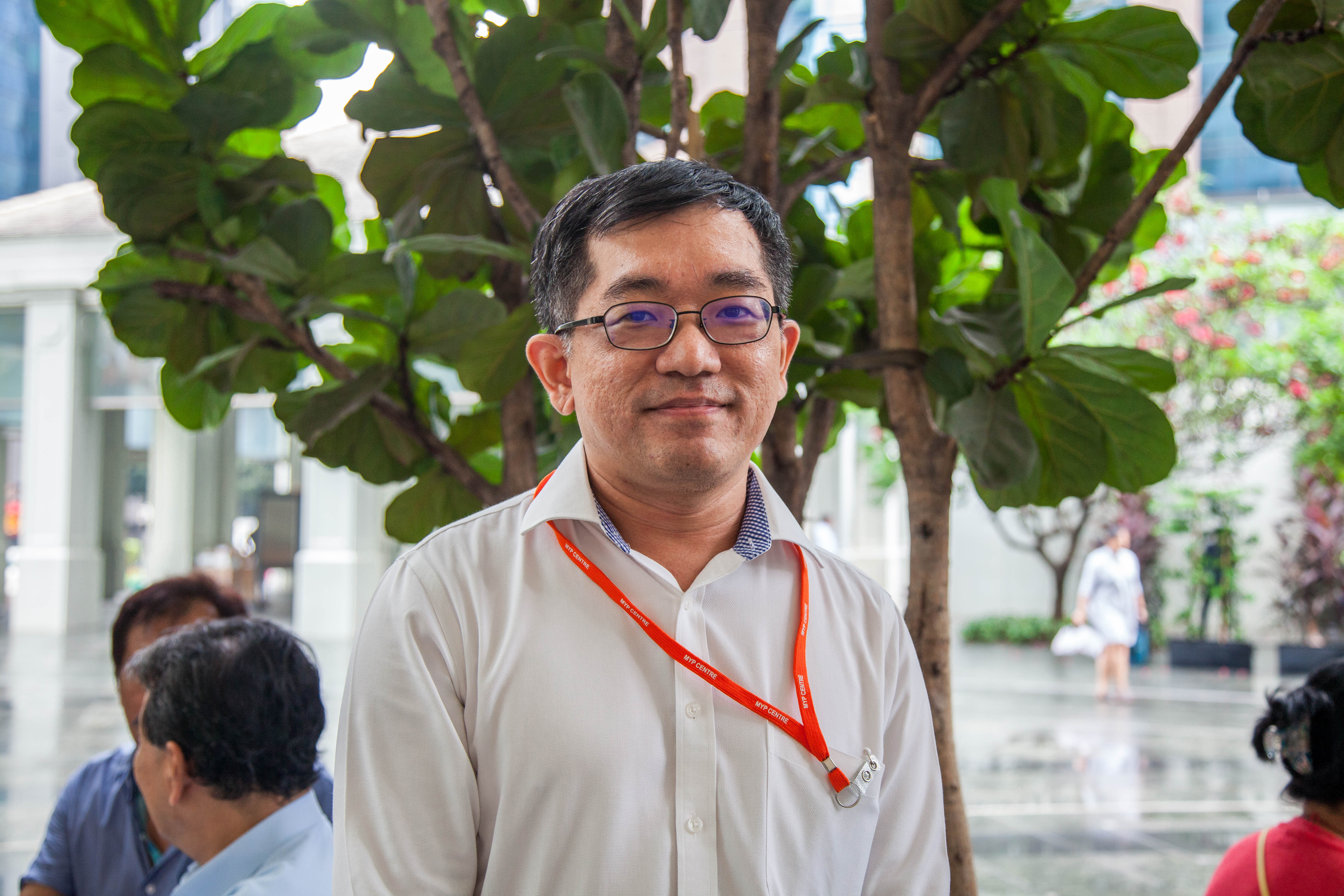 Photo by Charis Chan.
Photo by Charis Chan.
Goo Liang Yin, 45, accountant
Q3: How much of the CPF savings can you use for buying property? For buying a HDB flat, or for buying private properties? Do you have to keep a minimum?
Answer: There are limits on the amount of CPF savings you can use for housing. It depends on:
- the number of properties (e.g. HDB flat/private property) that you own; and
- whether the property’s remaining lease can cover the youngest buyer using CPF savings for the property to at least 95 years old. If the duration of the property’s remaining lease cannot cover the youngest buyer to at least 95 years old, CPF usage will be pro-rated based on how near to age 95 the property’s lease can last him/her.
- You can use our CPF Housing Usage Calculator to compute how much of your CPF savings you can use for your property.
Mothership’s TL;DR Answer: If you got many houses or your house very old, got limit. Use calculator to check.
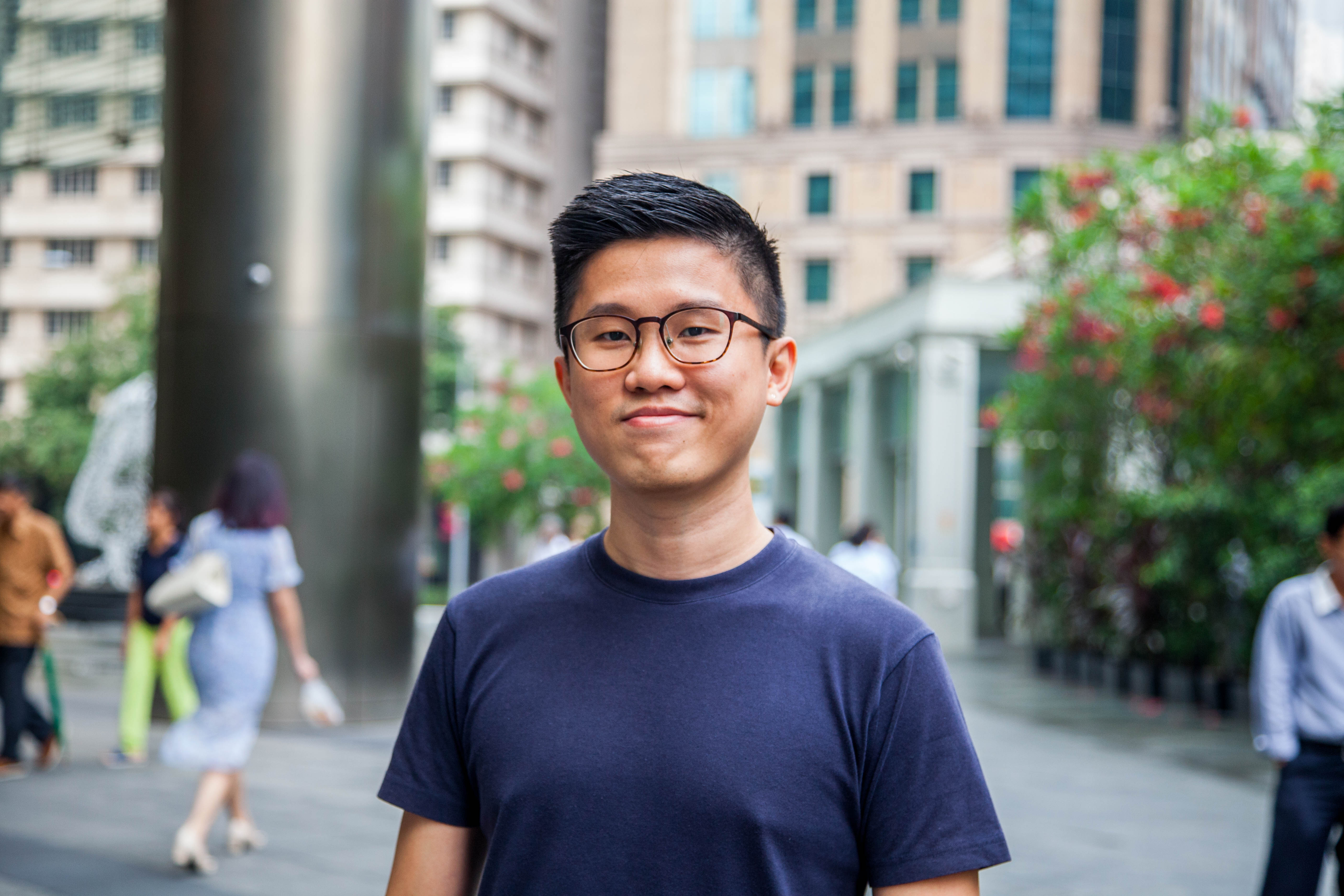 Photo by Charis Chan.
Photo by Charis Chan.
Kenneth Ho, 32, marketing manager
Q4: When we extract some of our CPF savings out for payment (e.g BTO), and unforeseen circumstances such as flat cancellation where we need to return the extracted amount back into CPF, why do we also need to return the associated accrued interest?
I had voluntarily taken the money out, recognising that attractive interests won't be earned in the first place so why is there a subsequent penalisation?
Answer: When you withdraw your CPF savings to pay for a property, you are actually using savings that can help to support your retirement needs.
This is why when the property is sold, you have to put back what was withdrawn, plus the CPF interest you would have earned if the money had not been withdrawn. This is the amount you would have saved for retirement if you had not used your CPF to buy the property.
You also have the option of using your CPF, including the refunded amount, to buy another property if you wish to do so.
If the selling price of your property is insufficient to fully pay off your housing loan and refund the amount you withdrew from your CPF plus the accrued interest, you do not have to top up the shortfall in cash as long as your property is sold at market value.
Mothership’s TL;DR Answer: Because retirement. To help save for rainy days, but with accrued interests instead of metaphors.
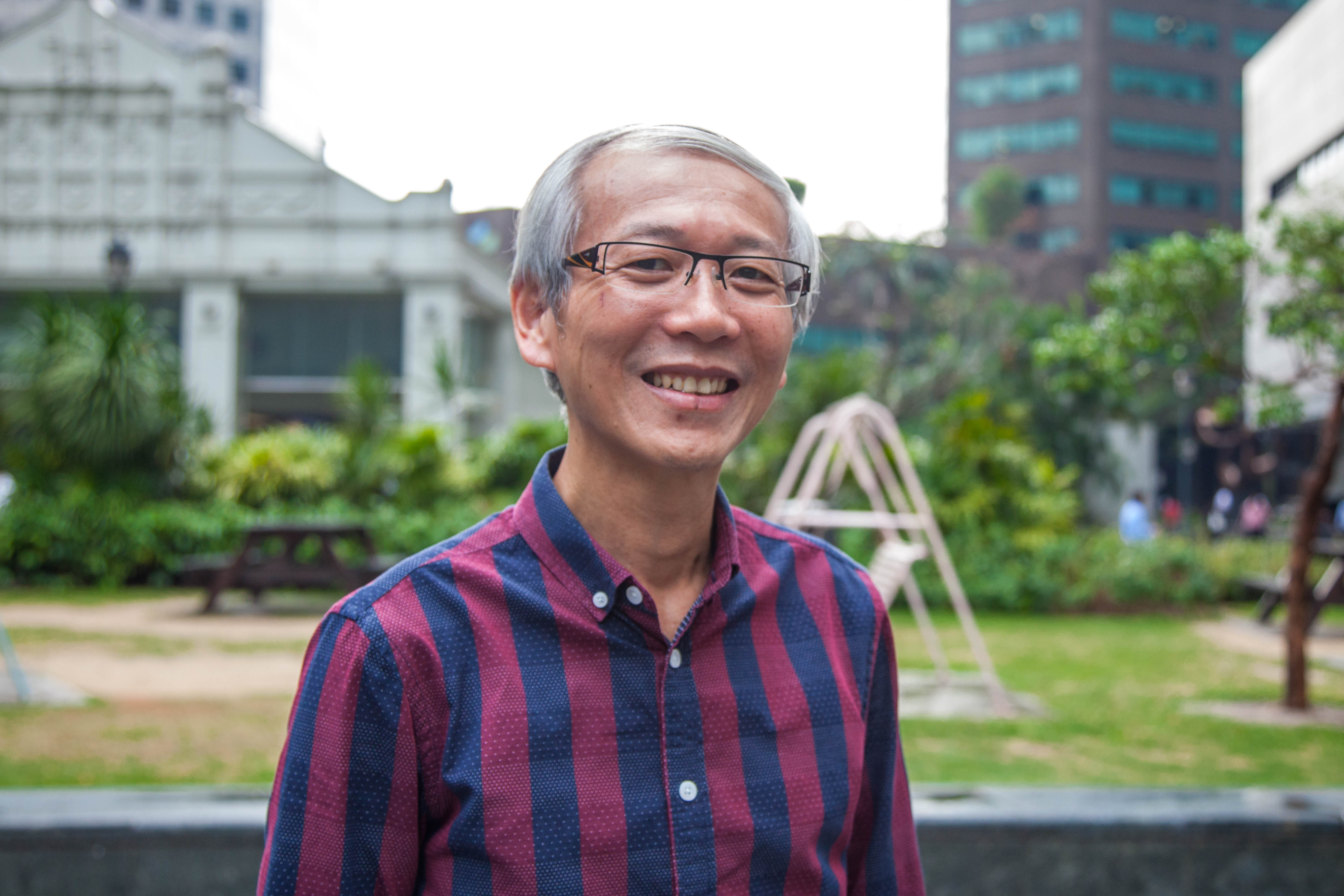 Photo by Charis Chan.
Photo by Charis Chan.
Mr Yap, 57, treasurer
Q5: For the retirement account, once you’ve transferred to it after (you reach) 55, at some point in time, can you withdraw from your CPF?
Answer: After setting aside your Full Retirement Sum (FRS) or Basic Retirement Sum (BRS) (if you own a property that can last you to at least 95 years old) in your Retirement Account at age 55, you can choose to withdraw the remaining balances (excluding top-up monies, government grants, and interest earned in your Retirement Account), or continue to keep your savings in CPF to earn attractive interest.
Even if you are unable to set aside your FRS or BRS (with a property), you can withdraw up to
$5,000 of your Ordinary and Special Account savings.
You can make such withdrawals partially or in full anytime from age 55.
Regardless of your age, you can apply to withdraw your CPF savings on medical grounds if you
- are physically or mentally incapacitated from ever continuing in any employment; or
- have a severely impaired life expectancy; or
- lack capacity within the meaning of Section 4 of the Mental Capacity Act and the lack of capacity is likely to be permanent; or
- are terminally ill.
Mothership’s TL;DR Answer: Can.
Watch Retiring with CPF Episode 2 here, if you’re still super confused:
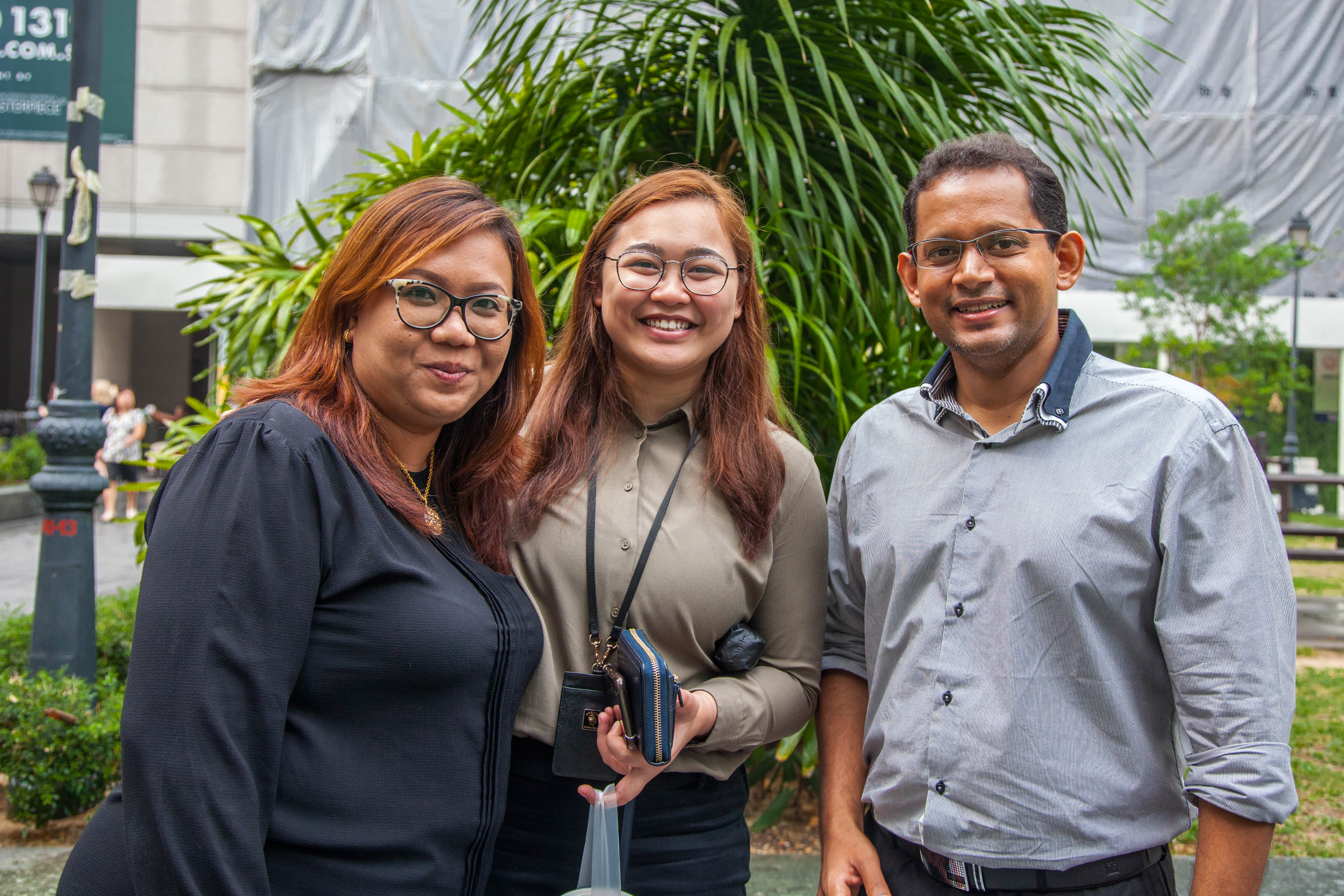 Photo by Charis Chan.
Photo by Charis Chan.
Liana, 36, admin executive (left), Iffah, 24, operator (middle), Joish, 38, admin director (right)
Q6, Liana: Why is there a need to keep on changing the age that you get your CPF payouts?
Answer: The payout eligibility age is the age when CPF members can start receiving their CPF payouts. The payout eligibility age is 65 for CPF members born in 1954 and after, and you can start receiving your CPF payouts anytime from age 65. This was announced in 2007 and has not changed.
Mothership’s TL;DR Answer: Never change. Still 65 years old.
Watch Retiring with CPF Episode 3 here, if you’re legit lost:
If you like what you read, follow us on Facebook, Instagram, Twitter and Telegram to get the latest updates.
